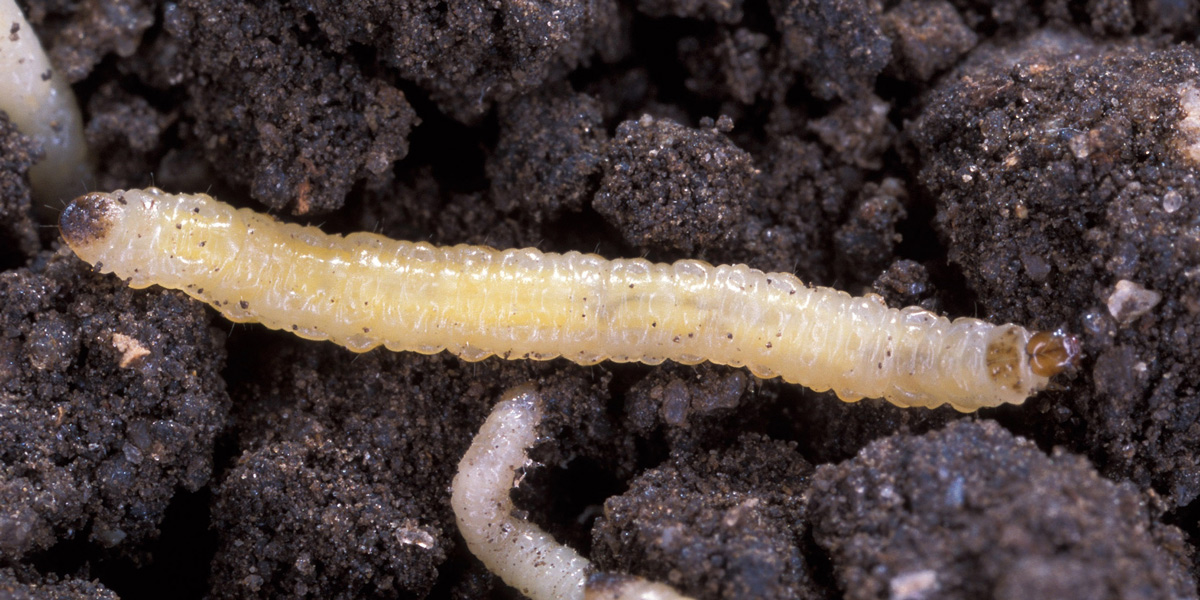
Europe proves that crop diversity and rotation – not GM – are the ways to combat the pest
The most costly beetle in the US, the corn rootworm, keeps evolving ways to resist pesticides designed to protect a $50-billion corn industry, reports an important article in Scientific American (behind a paywall).
The latest attempt, from Monsanto, involves a genetic engineering technique that embeds gene-silencing (RNA interference or RNAi for short) molecules in corn that target specific rootworm genes, killing the insect.
Safety questions
Monsanto claims the technology is pest-specific and safe for non-target organisms. But the article quotes Martha Crouch of the Center for Food Safety as saying that RNAi technology is a perfect example of the “chaos of an emerging technology” that seems to promise only progress, until “the oops moment when something unexpected and harmful” happens — such as ozone holes, carcinogenic children's pyjamas, and rat-sized-rootworms.
The article points out that the safety question is far from settled. In a 2012 paper, a Chinese research team reported that it found snippets of RNA from food plants in the livers of mice that consumed those plants. The RNA affected a cholesterol-regulating gene also found in humans. This “cross-kingdom effect” was surprising because these types of RNA were not thought to survive in the hostile environment of the mammalian gut; if true, the results raised the possibility that RNAi in plants could affect humans. The article adds that a study presented at a conference in 2013 found that RNA created to kill rootworms could also kill ladybugs, a beloved beneficial insect.
Pests will quickly evolve resistance
Some experts argue that these studies do not suggest a health risk to humans – but quite apart from that concern, the article says scientists believe the new RNAi technology will in any case work only briefly before pests evolve resistance. The entomologist Joseph Spencer is quoted as saying, “It's a lesson that we have failed to learn over and over and over. “Natural selection is always going to win.”
And this attempted techno-fix misses the real problem, says the article – the giant, single-crop farms that give the pests chances to adapt and survive: “The rootworm thrives on predictability. Monoculture makes it easy for a lone grower to farm 2,000 acres. But it also makes it easy for the rootworm to destroy those acres.”
As Spencer says, “We gave it a wonderful life.”
Europe shows crop diversity is best defence
The article reports that things are very different in Europe, where the insect turned up in the early 1990s and where GMOs are barely cultivated. European farmers feared the same levels of devastation seen in the US. But it didn’t happen because “Europe has smaller farms, whose operators plant less corn and rotate it with a wider variety of plants. The insect does some damage in regions where farmers plant corn continuously, but overall populations remain under control.”
Researcher Stefan Vidal of the University of Göttingen in Germany, who helped to coordinate the European Union–funded response to the rootworm invasion, says, “The rootworm is not a problem in Europe.” Diversity, European farmers concluded, is the best defence.
Overall, it’s refreshing to see Scientific American publish an article that predicts – surely accurately – the failure of a GM technology based on known evolutionary mechanisms.